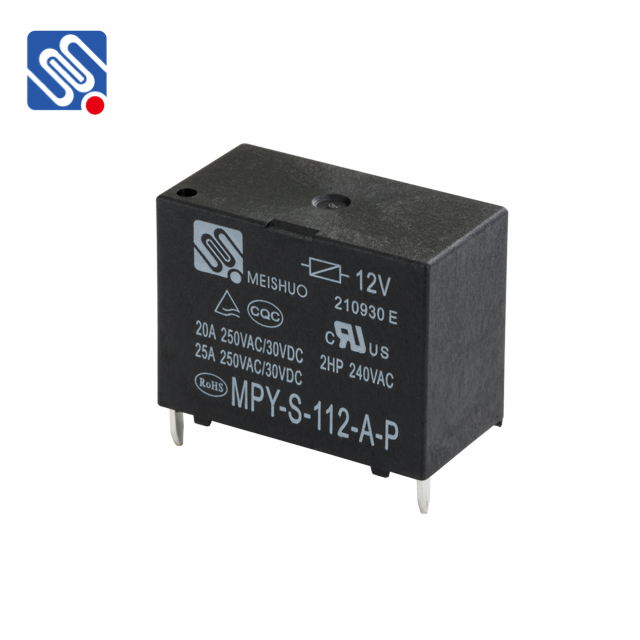Relays are essential components in electrical circuits, widely used in automation, control systems, and switching applications. One of the most important specifications when selecting a relay is its relay voltage rating, which ensures safe and reliable operation. The relay voltage rating refers to the maximum voltage that the relay can handle across its coil and contacts without risk of damage. In this article, we will explore the concept of relay voltage rating, its significance, and key considerations to ensure safe and efficient relay operation.

What is Relay Voltage Rating? The relay voltage rating can be divided into two main categories: Coil Voltage Rating: This is the voltage required to energize the relay coil, which is responsible for activating the switch. The coil voltage determines when the relay will switch from its default position to the activated position. It can be either AC or DC depending on the design of the relay. Contact Voltage Rating: This refers to the maximum voltage the relay’s contacts can safely handle while controlling an external circuit. It is important to match the contact voltage rating with the voltage of the circuit that the relay is controlling.